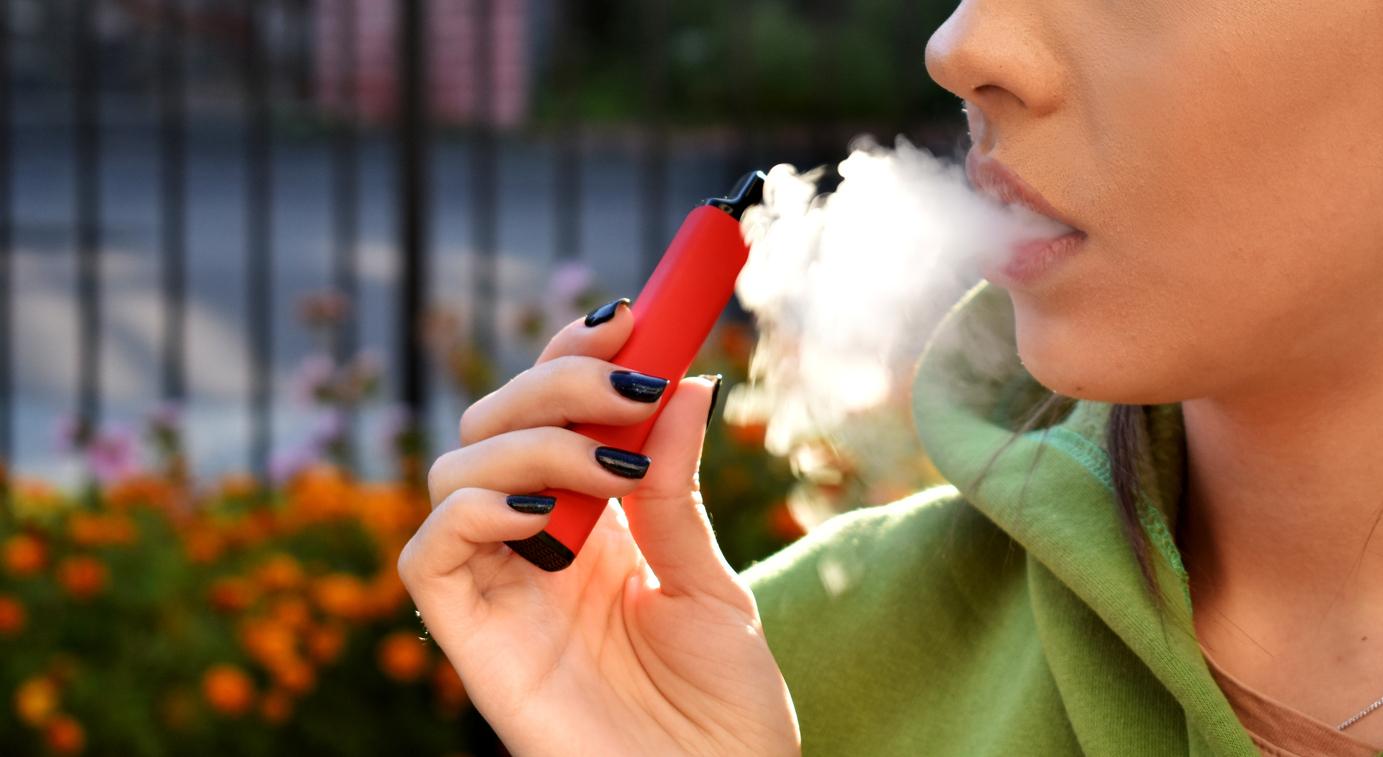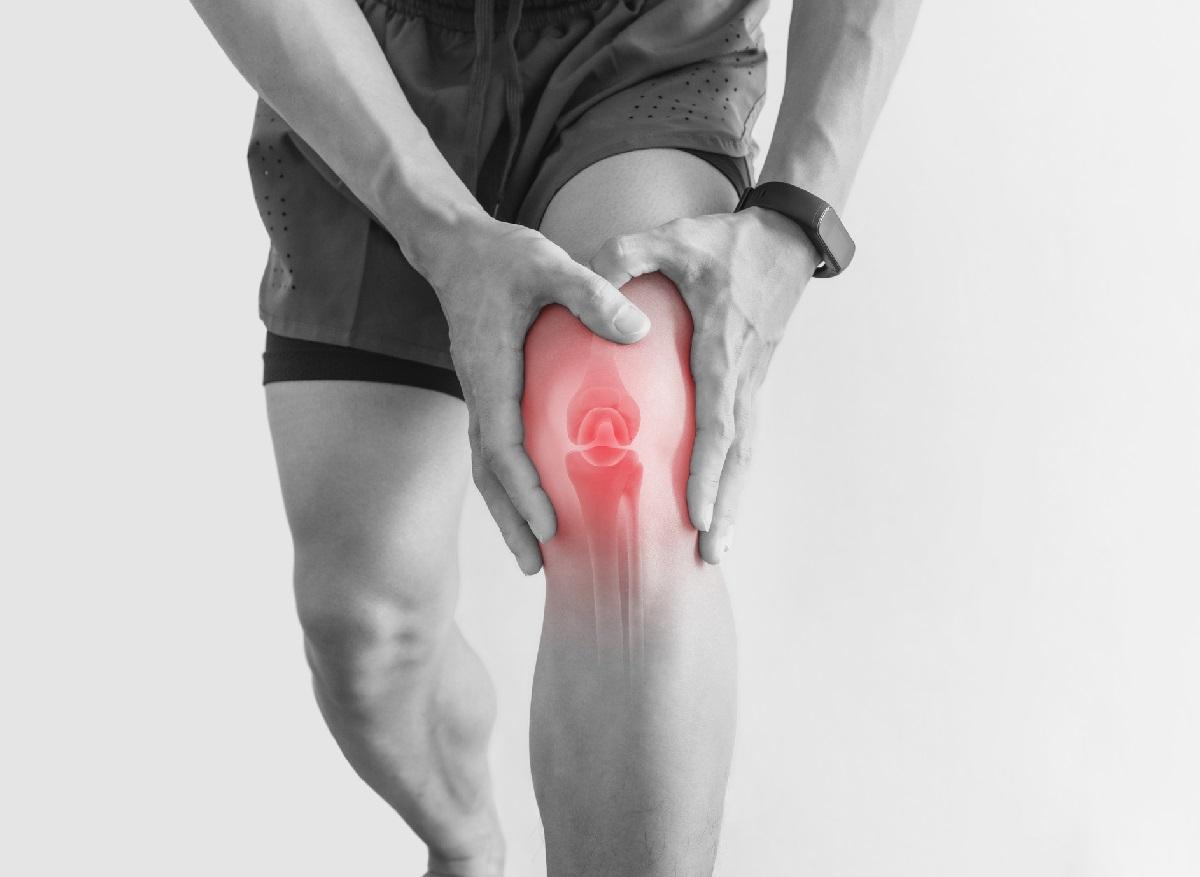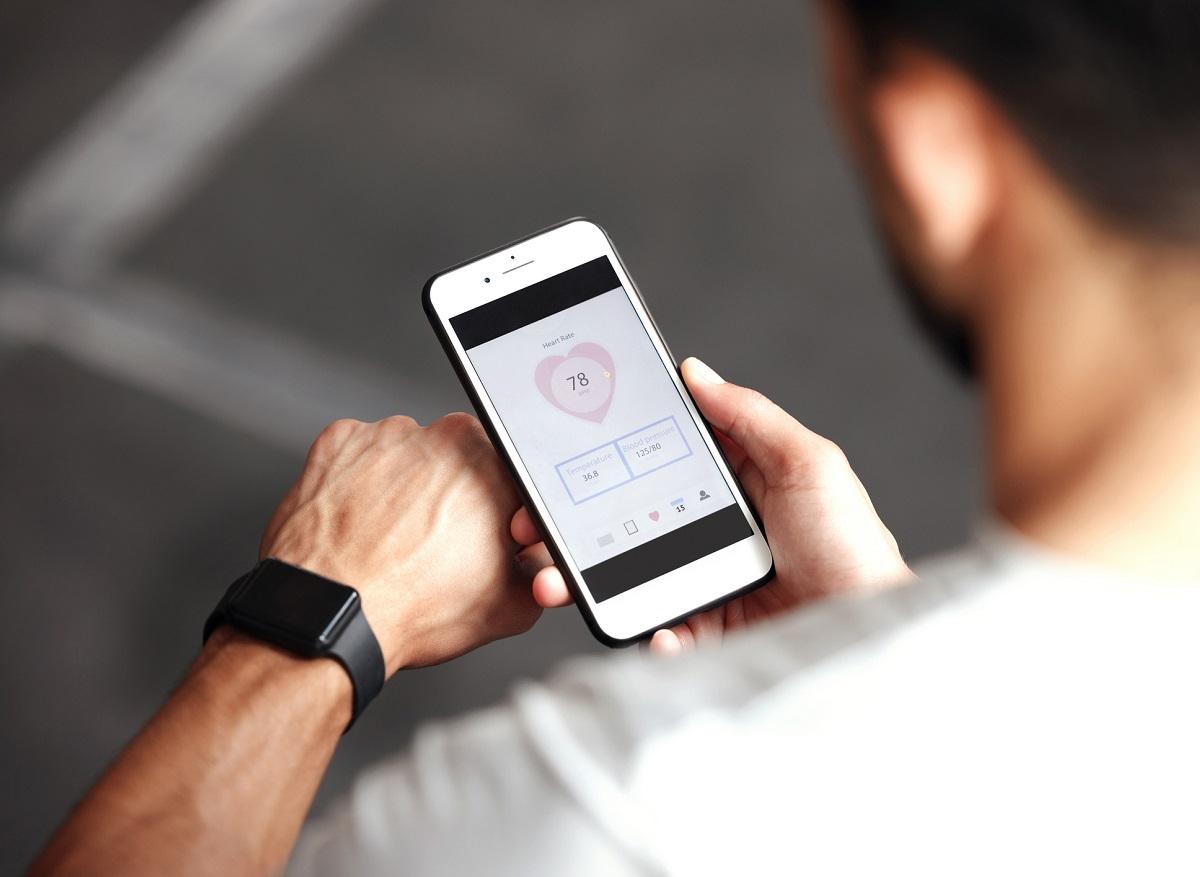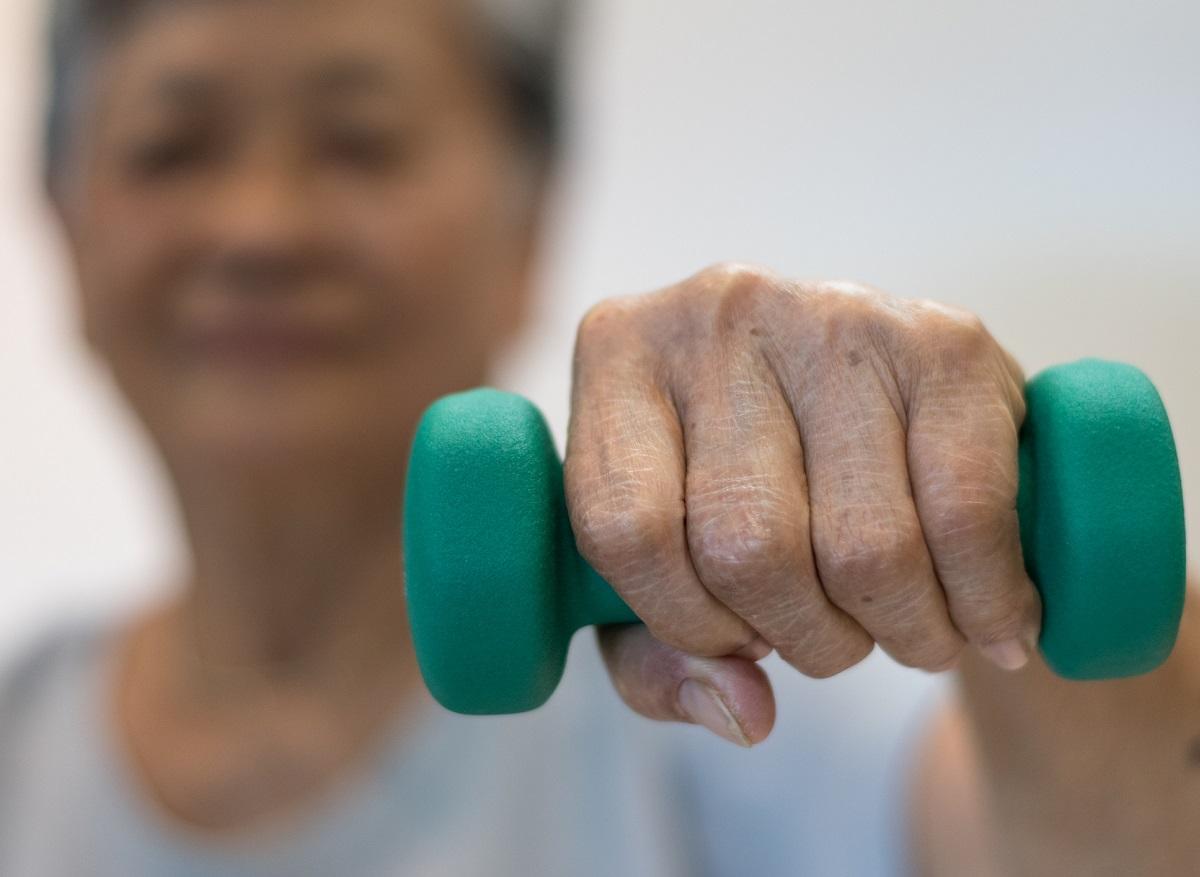It is an electronic device the size of a wristwatch that measures in real time, continuously, reliably and precisely, the frequency of the heartbeat, thus giving an idea of the effort made during an exercise.
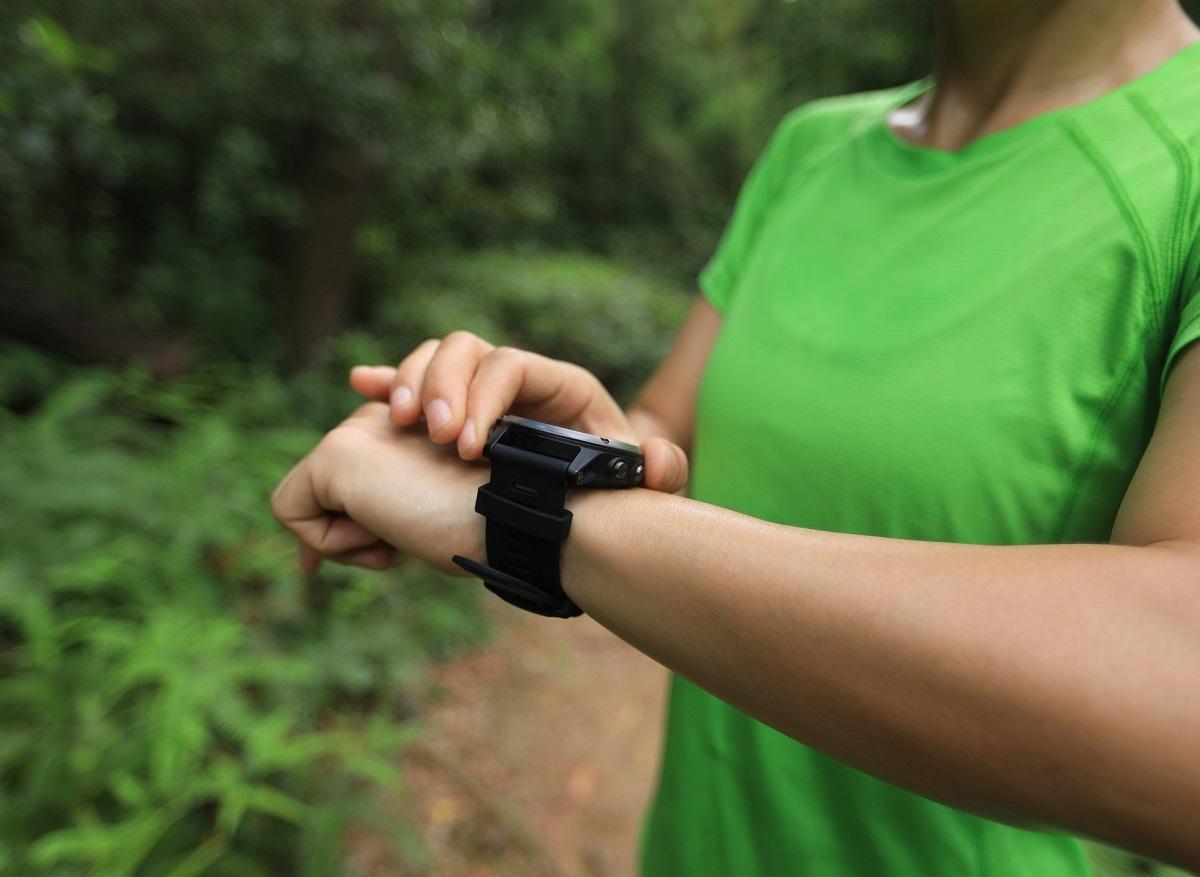
- By measuring heart rate, the heart rate monitor allows you to know if the limit has not been exceeded and, above all, to manage the two main objectives of physical exercise: eliminating fat and improving the performance of the cardiovascular system.
- There are all kinds of watches, from the simplest to the very sophisticated ones that memorize your journey data (mileage, instantaneous speed, altitude, etc.).
- Note: without training, it is not advisable to exceed 220 beats per minute minus your age. For example, at 50 years old, you should not exceed 170 beats per minute.
Sugars and fats are the fuel for our muscles. The heart is the body’s engine, circulating blood and regulating oxygen. The mechanism is quite simple: when exercising, breathing accelerates to provide more oxygen. The heart does the same to increase the amount of oxygenated blood circulating. For example: when resting, we consume an average of 30 to 35 milliliters of oxygen per kilo per minute. During long-term exercise, this consumption can reach 80 milliliters, or about two and a half times the usual amount. We have an engine that can constantly adapt according to demand… Up to a certain limit, which each individual has difficulty accurately assessing.
Shortness of breath is a bad marker, at least not a very precise one. But, we can never repeat it enough, nature has given us a very precise rev counter: the rhythm of our engine. This is called the heart rate, which gives the speed at which the heart beats. In healthy adults, at rest, the heart rate is between 50 (endurance athletes) and 80 beats per minute, but rises in the event of effort, stress or emotion where it can happily cross the 100 barrier.
Paradoxically, while one might think that its needs are higher, the hearts of great athletes are slow. 30 to 40 beats per minute for a marathon runner, less than 60 for someone who exercises several times a week. These are, then, very efficient beats, with a heart muscle that contracts fully and plays its role as a pump with power. The economy of beats, while producing excellent circulation, makes it possible to cope with a sudden demand, much higher than normal.
You must therefore know how to control your pulse and, although the manoeuvre is not very complicated using a simple stopwatch by looking for the beats at wrist level, it is not easy to do frequently, particularly during exercise.
Electronics to the rescue
As with vehicles, electronics have come to the rescue of the poor judgment of some humans. The heart rate monitor consists of a transmitter belt that attaches to the chest (electrodes in contact with the skin transform the heart impulses into signals emitted to the receiver), and a receiver worn on the wrist… By measuring the heart rate, the heart rate monitor allows you to know if the limit is not exceeded and above all to manage the two main objectives of physical exercise: eliminating fat and improving the performance of the cardiovascular system.
There are all kinds of watches, from the simplest to the very sophisticated ones that memorize the data of your route (mileage, instantaneous speed, altitude, etc.). Some models integrate a pedometer that allows runners or walkers to measure the distance covered on foot. Others can be used for swimming and are waterproof up to thirty meters underwater. Depending on the sport performed, the number of hours practiced per week, the objectives you wish to achieve, this or that heart rate monitor will meet your needs. No need to acquire the most expensive device if your objective is to manage your effort or even to lose a few extra pounds; the important thing is that it tells you the average of your heart rate during the physical effort that you will do; this is the number that will count.
The heart rate monitor… essential for losing fat, especially
By measuring heart rate, the heart rate monitor lets you know if the limit is not exceeded. Without training, it is not advisable to exceed 220 beats per minute minus your age during exercise. This is the maximum frequency during exercise. This watch is also equipped with an alarm that sounds as soon as the limit is exceeded.
It mainly manages the two main objectives of physical exercise: eliminating fat and improving the performance of the cardiovascular system. Learn to program the zone that corresponds to your motivation; the one during which fat is melted, while building muscle and the one that allows the mechanics of the heart and blood vessels to be maintained.
Calculate your optimal heart rates:
|
|
Example |
|
Age |
50 |
|
Maximum frequency |
220-50 = 170 beats per minute |
|
Fat “burning” zone |
Between 102 and 127 beats per minute |
|
Heart work optimization zone |
Between 119 and 144 beats per minute |










